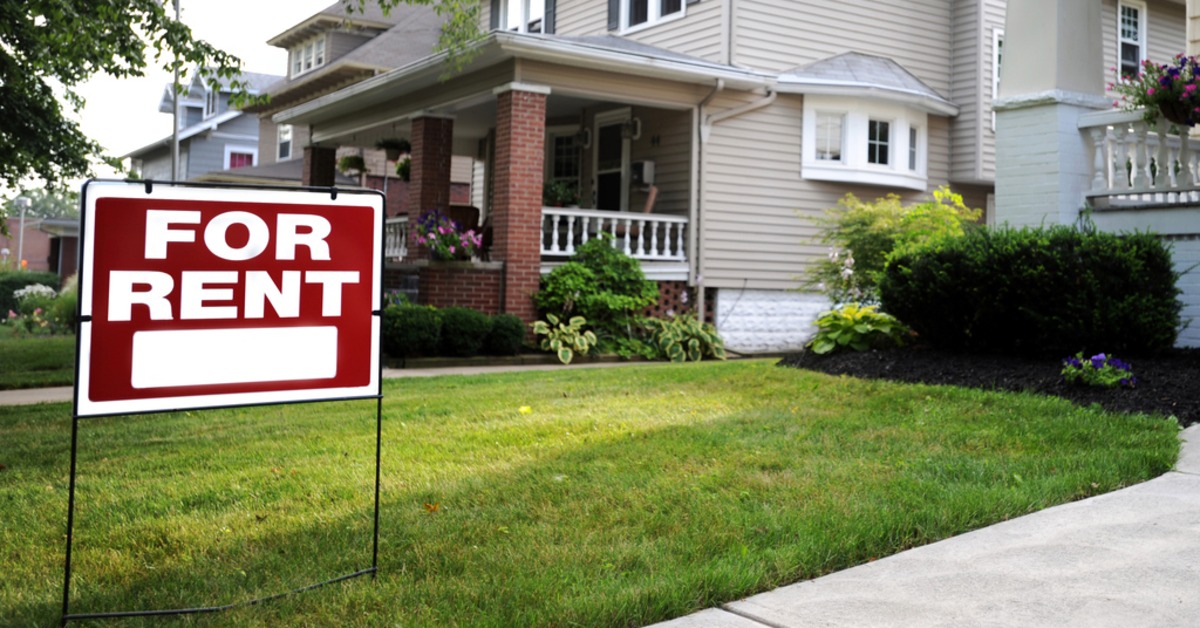
Ashley Creech grew up in Norwood, but is worried how much longer she’ll be able to stay here. In the span of just a few years, a one-bedroom apartment she used to live in saw its rent climb from $550 to $925. With Norwood at a crossroads — and attracting ever more interest from investors and homeowners — the question becomes: how does a city get nice things while ensuring that long-term residents will still be around to enjoy those improvements?
Affordable Housing in Norwood seems like a straightforward issue. But under the surface there are numerous, largely-invisible factors shaping our city’s future. At its core, housing impacts the stability of our community, our schools, and our civic life. To help navigate these waters, Jessica Powell from The Port joins Ashley Creech and me for a conversation about housing issues.
In this episode you’ll hear about:
- The factors affecting the supply and demand of housing in the region
- How cities, developers, and residents can work together
- Why it’s more complicated than “if they can’t afford it, they should just move”
- and much more
Listen here. ⬇️
Podcast: Play in new window | Download
Subscribe: RSS
Selected links from the Affordable Housing in Norwood episode

Just how quickly are prices changing in Norwood? On the homeownership side of the equation, five years ago (Aug 2014-2015), there were 211 homes sold with a median sale price of $124. Over the most-recent 12 months, there have been 302 homes sold with a median sale price of $191k. That’s a 54 percent increase in five years. Thanks to Jen McGillis of Keller Williams for that data.
Learn more about community development corporations (CDCs) in the region by visiting the websites for Price Hill Will or College Hill Community Urban Redevelopment Corporation.
Take a longer look at low-income housing tax credit (LIHTC), which Jessica named as an effective tool within the state of Ohio.
Read the Housing Our Future report from LISC, which was mentioned by Jessica. Or watch the presentation embedded below:
For a quick explanation of a wide range of housing concepts, check out this article.
Read up on REITs a.k.a. real estate investment trusts.
—-
Move Norwood Forward aims to shed light on the people, businesses and happenings of Norwood, Ohio that are bettering the city. If you know of a person who should be featured on an episode, nominate them here.


Values & rents are rising as “near hyde park” & wasson way – still another factor ignored is if rent was 800.00 per month but Section 8 pays 800. but family pays 250. Section 8 landlord can now charge 1050 vs 800. This helps negatively to raise the rents on all units even not Section 8 ass less units available. Further when HCHA buys homes and rents such for Section 8 the market then becomes artificial/inflated as those units are no longer part on the free enterprise market. All others non section 8 are thereby of less quantity. Less quantity rates go up for existing. Western Hills/Westwood think Section 8 can destroy an area? I don’t know why? Does anyone know if Section 8 rentals & or HCHA properties have increased dramatically in the last 5, 10 years for Norwood? The same happens with property values with tear-downs and tax abatements for new building – artificiality effects the market and forces longer term residents to make up the difference in lost revenue and their own properties become more expensive to live in for life Property tax is like paying rent forever even when you own. Artificial manipulations Sec 8/tax abatements create unstable affordability.